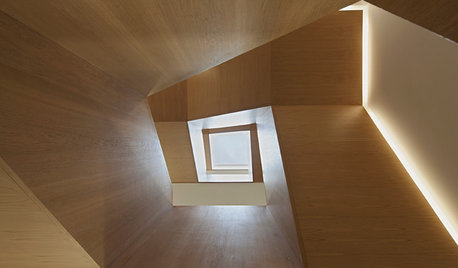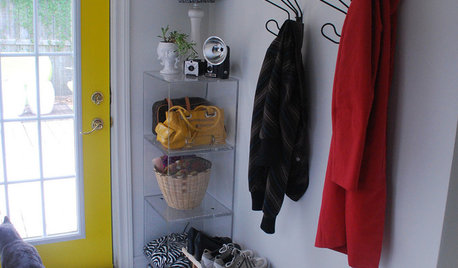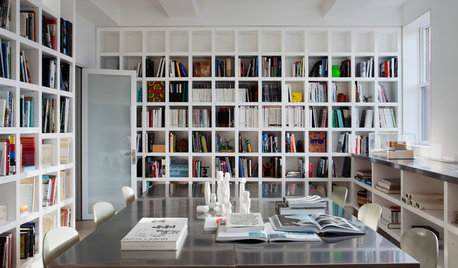Starting up in Hydroponics
computerdoc
13 years ago
Related Stories

DESIGN PRACTICEDesign Practice: Start-up Costs for Architects and Designers
How much cash does it take to open a design company? When you use free tools and services, it’s less than you might think
Full Story
FARM YOUR YARD6 Things to Know Before You Start Growing Your Own Food
It takes time and practice, but growing edibles in the suburbs or city is possible with smart prep and patience
Full Story
DECORATING GUIDESHow to Decorate When You're Starting Out or Starting Over
No need to feel overwhelmed. Our step-by-step decorating guide can help you put together a home look you'll love
Full Story
GARDENING GUIDES10 Tips to Start a Garden — Can-Do Ideas for Beginners
Green up your landscape even if you're short on time, money and knowledge, with these manageable steps for first-time gardeners
Full Story
GARDENING GUIDES6 Steps to Get a Garden Off to a Glowing Start
Grow a lush, balanced garden from an empty patch of yard or neglected landscape spot with these easy-to-follow guidelines
Full Story
ENTRYWAYSOrganizing Starts at the Door
You don't need fancy bins and containers to keep your entryway tidy — just a system that sticks
Full Story
GARDENING GUIDESSeeds or Seedlings? How to Get Your Garden Started
Growing delicious herbs and vegetables starts with knowing your goals and when you want to plant
Full Story
TRADITIONAL HOMESHouzz Tour: Family Gets a Fresh Start in a Happy New Home
Decorating her house from scratch spurs a big career change for this designer
Full Story
HOUZZ TOURSMy Houzz: It All Started With a Rug
One floor covering from Kazakhstan inspires a whole global vibe in a traveler’s San Francisco apartment
Full Story
ARCHITECTUREDesign Practice: How to Start Your Architecture Business
Pro to pro: Get your architecture or design practice out of your daydreams and into reality with these initial moves
Full StoryMore Discussions







Karen Pease
wordwiz
Related Professionals
Cary Landscape Architects & Landscape Designers · Allentown Landscape Contractors · Canby Landscape Contractors · Cockeysville Landscape Contractors · Galt Landscape Contractors · Madera Landscape Contractors · Mission Landscape Contractors · New Baltimore Landscape Contractors · Newberg Landscape Contractors · North Potomac Landscape Contractors · Northbridge Landscape Contractors · Paramus Landscape Contractors · The Woodlands Landscape Contractors · White Bear Lake Landscape Contractors · Fountain Hills Outdoor Lighting & Audio Visual Systemshomehydro
grizzman
Karen Pease
wordwiz
Karen Pease
homehydro
georgeiii
homehydro
wordwiz
Karen Pease
wordwiz
Karen Pease
wordwiz
Karen Pease
wordwiz
mrpepper
scubastan
Karen Pease
wordwiz
Karen Pease
wordwiz
hardclay7a
Karen Pease
homehydro
joe.jr317
grizzman
Karen Pease
joe.jr317
organic_oddity
Karen Pease